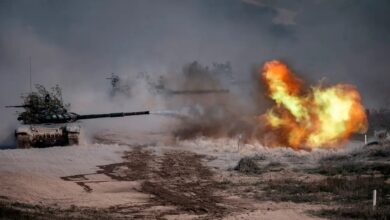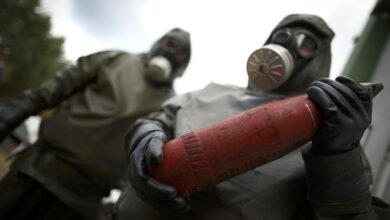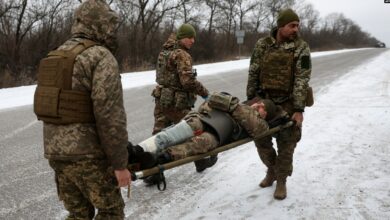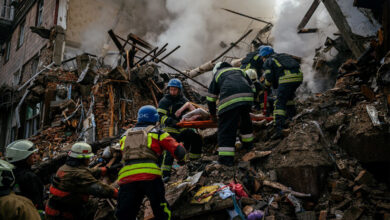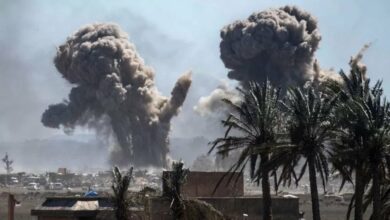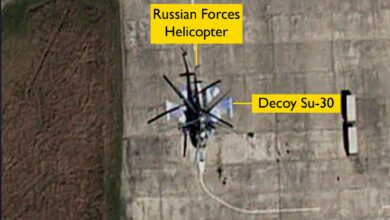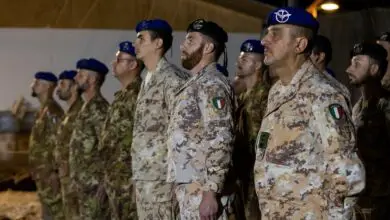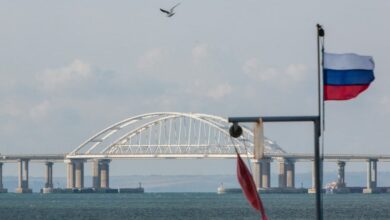Russia’s new Su-57 stealth fighter flew in combat trials in Syria, Defense Minister Shoygu confirms
Defense minister Sergey Shoygu confirmed that two of Russia’s new Su-57 stealth fighters were recently in Syria, where they completed a program of trials.
“Indeed, they were there for a while. Two days. During that time, they completed a program of trials, including combat ones,” Tass reported Shoygu as saying. “I can say that the trials were success and the planes returned home a week ago.”
“There were two planes escorted by flying laboratories and test beds monitoring the parameters of weapons work,” Shoygu said.
There was much speculation about the presence of Su-57s in Syria after video emerged on February 21 that appeared to show two aircraft in the country.
Unverified footage claims to show #Russia deployment of two T-50 #PAKFA prototype aircraft to #Syria pic.twitter.com/cvDHwui5ut
— Joseph Dempsey (@JosephHDempsey) February 21, 2018
One Twitter user published imagery analysis for the video adding credence to the theory, but Shoygu’s comments on Thursday were the first official confirmation.
On February 26, Russian newspaper Kommersant reported unnamed sources as saying that the aircraft were in Syria for testing in a “semi-combat environment.” The sources said the trials were focused the jet’s radar and electronic warfare capabilities.
On February 8, Russia’s deputy defense minister Yuri Borisov said the military would order 12 of the fifth generation Sukhoi Su-57 stealth fighter aircraft this year “for test combat use,” adding that the first stage of trials was over. The first two aircraft may enter service in 2019, Borisov said.
Shoygu dismisses satellite imagery
Shoygu also questioned satellite imagery shared online by Israel’s ImageSat International which it said showed two Su-57s at Russia’s Hmeimim air base in Latakia.
First satellite images show two Russian 5th generation Sukhoi Su-57 at Khmeimim air base in Latakia, Syria. Via @imagesatint pic.twitter.com/JqAAx5K44Q
— monitoring (@warsmonitoring) February 24, 2018
“As for various satellite photos, I can state that now is not the year of 1995 and such planes are never located side by side,” Shoygu said. “I am unaware where the released images were taken as the jets were kept in hangars throughout [the mission].”
The Su-57 – otherwise known as T-50 and PAK-FA – which first flew in 2010, features radar and infrared stealth technology, along with internal weapons bays and active electronically scanned array (AESA) radar, and is intended to replace Russia’s MiG-29s and Su-27s.


